LusiveLife
LusiveLife /
Design - Events - Giving - InspirationWhitney’s Warhol Retrospective
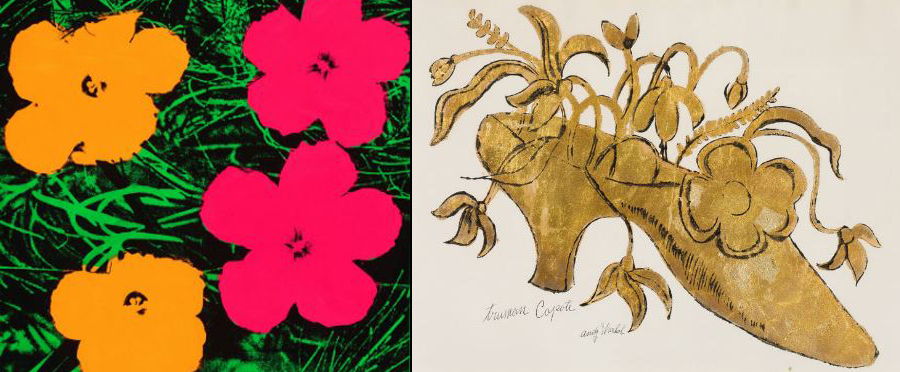
New York’s Whitney Museum of American Art has the first Andy Warhol retrospective organized by a U.S. institution since 1989. This expansive exhibition reconsiders the work of one of the most inventive, influential, and important American artists. Through his willingness to experiment with non-traditional art-making techniques, Warhol understood the growing power of images in contemporary life and helped to expand the role of the artist in society. “Andy Warhol—From A to B and Back Again” reveals new complexities about the Warhol people think they know, and introduces a Warhol for the 21st century.
The 1950s were a foundational decade for Warhol—a time when he worked for commercial clients while he also pursued a career as a fine artist. He moved to New York and quickly established himself as a successful commercial illustrator.
In the early 1960s, Warhol began exploring the signs and symbols of postwar America, creating the movement that came to be known as Pop art. He began to make paintings of subjects in mass circulation, such as front-page headlines, cartoons, and advertisements, astutely selecting images ranging from singular and iconic to humorous and campy.
Warhol continued to use in his fine art some of the reproductive techniques and tools he had employed in his commercial work and painting of the 1950s: the blotted line, rubber stamps, and stencils, as well as an overhead projector and photostat machine. Warhol found inspiration and even heroism in the everyday.
Warhol's use of the silkscreen remains his most crucial breakthrough. In 1962 he began screenprinting photographic imagery directly onto his canvases, so that the photograph, selectively cropped, became both the subject of the painting and the means by which Warhol made it.
Warhol used an image of four hibiscus flowers from a magazine and, with the help of assistants, silkscreened it across more than five hundred individual canvases, methodically producing paintings in different sizes and seemingly endless color combinations. In doing so, Warhol mirrored the options that existed in consumer culture—small, medium, large, extra large—and the idea of theme and variation throughout the history of art. When these works were exhibited in Paris and New York in 1964 and 1965, Warhol exploited the serial arrangement and variation in the series by responding to the architecture of each gallery and installing the works in floor-to-ceiling grids, which resulted in an immersive environment.
Warhol’s “retirement” from painting was a declaration that he would not be bound by the limits of any one artistic medium. Shortly after his announcement in 1965, Warhol dramatized his farewell with an installation of Cow Wallpaper and Silver Clouds—helium-filled Mylar balloons that he described as paintings that could “float away.”
Many of Warhol’s major series of the 1970s and 1980s fall into traditional genres—portraits, still lifes, nudes, and landscapes—which, while seemingly straightforward, allowed for a vast range of formal and technical experimentation.
The exhibition continues through March 31, 2019.
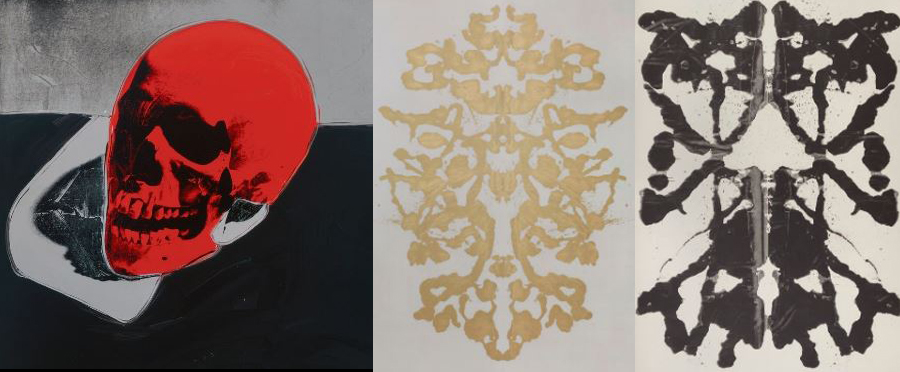
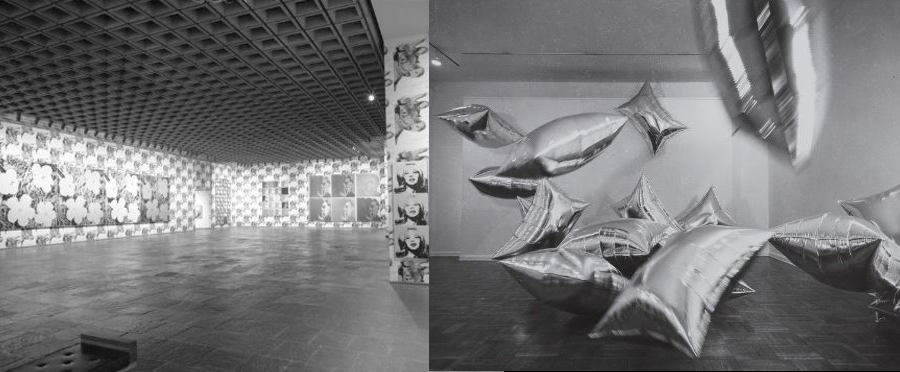
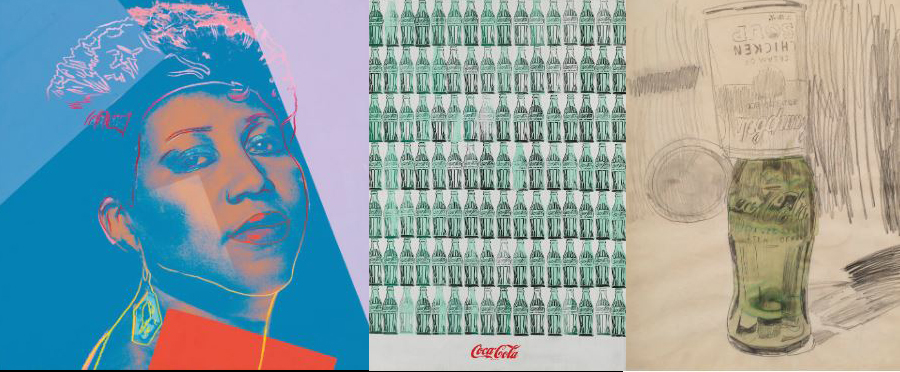
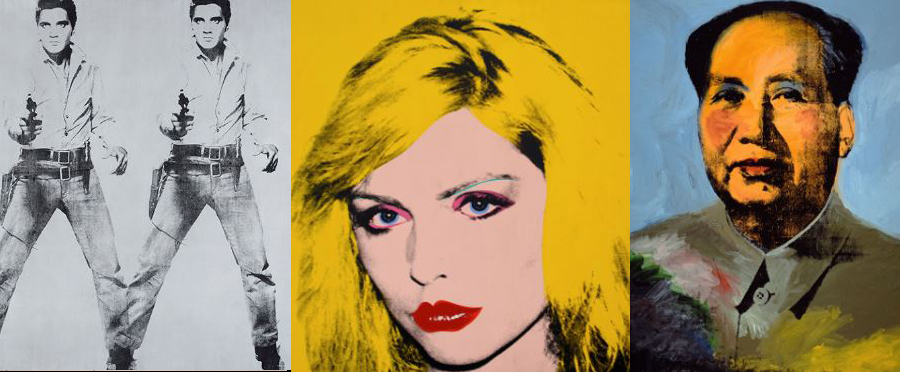
source: whitney
